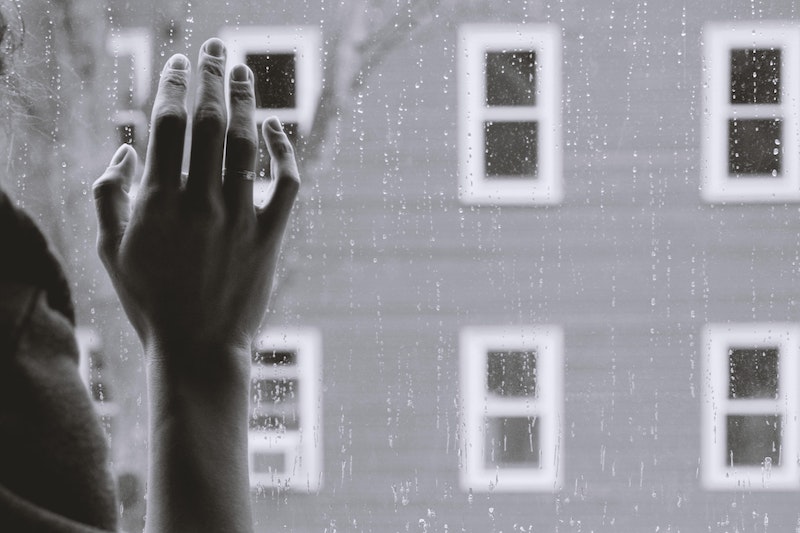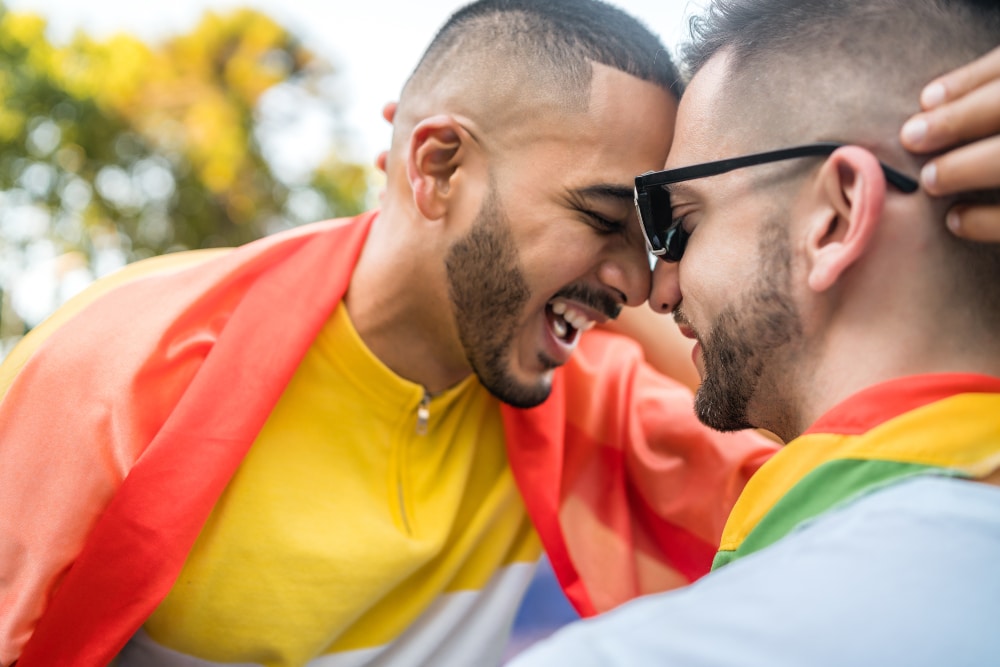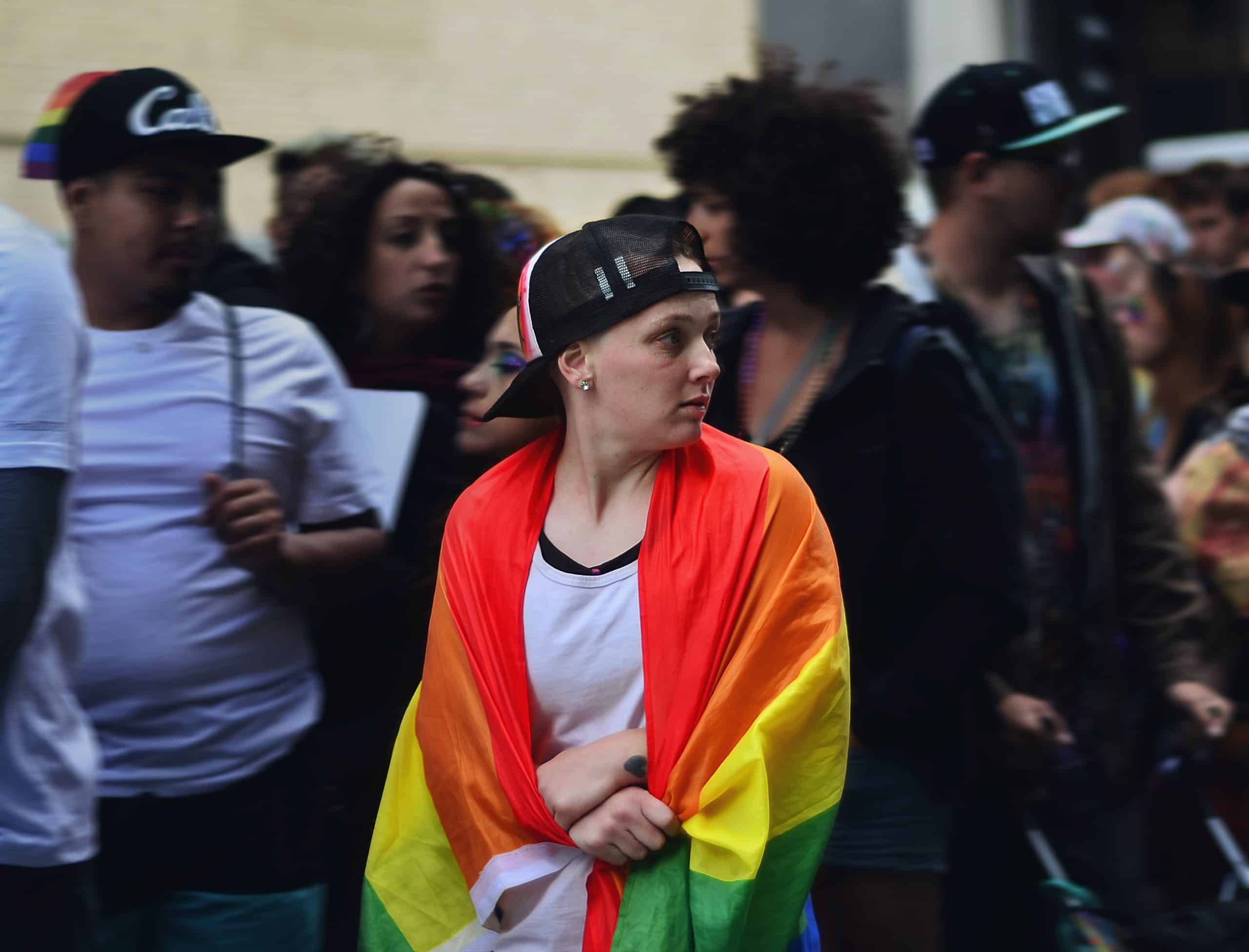Borderline personality disorder is a mental illness that has affected the gay community in unique ways. While the incidence of BPD seems higher within the LGBTQ+ community than among heterosexual and cisgender individuals, this statistic may reflect a diagnosis bias.
For people who are LGBTQ+ and have BPD or their loved ones, this post will provide important information about BPD symptoms, diagnosis, and treatment.
What Is Borderline Personality Disorder (BPD)?
Borderline personality disorder (BPD) is a psychiatric disorder characterized by intense and rapidly cycling emotions, disturbed perceptual or cognitive patterns, and impulsive behavior. It often affects a person’s self-image and the stability of their relationships.
The onset of BPD is typically in early adulthood and tends to be most severe in young adulthood. The condition may gradually improve as the person ages.
The hallmark symptoms of borderline personality disorder include intense anger and mood swings. As well as identity disturbance, stormy relationships, impulsive behavior, feelings of worthlessness, and frantic efforts to avoid actual and perceived abandonment.
People diagnosed with BPD tend to exhibit extreme dysregulation across affective, cognitive, behavioral, and interpersonal domains of functioning. This dysregulation may result in creating problems in everyday life.
Along with those listed above, other BPD symptoms may include:
- Anxiety
- Irritability
- Loneliness
- Depression
- Risk-taking behaviors
- Self-destructive behavior
- Distorted self-image
- Social isolation
- Lack of restraint
- Narcissism/grandiosity
- Suicidal ideation
How Common is BPD in the Gay Community?
One of the primary symptoms of borderline personality disorder is identity disturbance. More commonly, an identity disturbance is an uncertain and unstable self-image.
Yet people who identify as lesbian, gay, bisexual, trans, or non-binary almost certainly go through a process of questioning their identity. Particularly the part of their identity that has to do with gender and sexuality. And such questioning often goes hand-in-hand with celebrating a fluid rather than a fixed sense of self and challenging societal norms regarding “appropriate” identity formation.
It’s not surprising that there may be confusion around which aspects of an LGBTQ person’s behavior are pathological or simply an aspect of them identifying as LGBTQ+.
BPD in the LGBTQ Community: Statistics
Empirical literature demonstrates that sexual minorities are at an increased risk of developing certain mental health disorders. These disorders may include borderline personality disorder (BPD).
For instance, one 2011 study found that:
* People with borderline personality disorder were significantly more likely than comparison people to report homosexual or bisexual orientation.
* Subjects with BPD were significantly more likely than comparison subjects to report changing the gender of intimate partners at some point during the research study’s follow-up period.
* Same-gender attraction or intimate relationship choice may be an essential issue for approximately one-third of people with BPD.
Another 2020 study found lesbian, gay, and bisexual individuals were more likely to be diagnosed with borderline personality disorder.
However, such scientific studies’ accuracy depends mainly upon the BPD diagnoses given to LGBTQ+ people. And, as it turns out, diagnosis bias of this mental disorder is high among LGBTQ people.
Diagnosis Bias for BPD in LGBT Community
Like many mental health conditions, this disorder is often stigmatized by inaccurate and harmful representations in mainstream culture.This seems especially true for LGBTQ people who may exhibit behavioral or cognitive traits that mimic BPD symptoms—but are not causing pathological distress or impairment.
For this reason, some healthcare professionals demonstrate a misunderstanding and discrimination against LGBTQ people when diagnosing borderline personality disorder. A practitioner may fail to account for environmental stressors that LGBTQ persons face. As a result, they may be unable to properly discern the extent to which certain behaviors are symptoms of BPD or are natural reactions to stress. Such bias has now been scientifically validated.
Also, LGBTQ people might present themselves differently to different people for safety reasons. They may be trying to avoid being bullied, heckled, discriminated against, assaulted, or even murdered. Such fluidity in how one presents oneself—to help manage other people’s reactions—is relatively common for LGBTQ people. This may be because they’ve typically grown up in social environments that stigmatize their gender/sexuality identity.
Suppose a health care professional doesn’t ask the right questions—when interviewing their LGBTQ patients—to disentangle this protective way of managing one’s identity from pathological confusion about identity. In that case, they may mistakenly make a diagnosis of borderline personality disorder.
Whether or not the higher rates of BPD diagnosis among LGBTQ people can be attributed to biases among medical professionals, the fact remains that many queer people have been assigned a BPD diagnosis.
Possible Causes of Borderline Personality Disorder
The exact cause of borderline personality disorder isn’t well understood. It’s likely to be caused by a combination of factors, such as:
Genetics. While there’s no evidence of a gene specifically for BPD, the genetic package inherited from one’s parents may make a person more susceptible to developing BPD.
Neurochemistry. It has been observed that people with BPD often have imbalances in the neurotransmitters (especially serotonin) within their brain.
Brain structure. MRI scans have revealed that many people with BPD have certain structures within their brain that are either smaller than expected or have unusual activity levels.
Environmental factors. Many people with borderline personality disorder have experienced childhood trauma or neglect. For instance:
- Emotional, physical, or sexual abuse
- Long-term fear or distress
- Neglect by one or both parents
BPD and Substance Abuse
There also are correlations between BPD and alcohol or substance use disorder.
For instance, growing up with a family member with either a serious mental health condition—or an alcohol or substance use disorder—can increase the risk of developing BPD.
In one study, 64% of the 145 LGBTQ people admitted to a residential dual-diagnosis chemical dependency treatment program with substance use disorders also had a borderline personality disorder.
Resources for Gay People with BPD
Treatment for BPD typically consists of therapy and, in some instances, medications. Treatment can be administered in residential or outpatient programs. If symptoms are particularly severe, hospitalization may be required.
Therapies that have proven effective in treating BPD include:
- Cognitive behavioral therapy (CBT)
- Dialectical behavior therapy (DBT)
- Mindfulness-based cognitive therapy (MBCT)
- Anger management
- Psychotherapy
- Schema therapy
For members of the LGBTQ+ community, it may be easy to think that you’re alone with your mental health disorders. But you aren’t and it can help to be surrounded with others who truly understand what you’re going through.
No Matter What Recovery is proud to provide a safe environment for members of the LGBTQ+ who are struggling with BPD at our sober living and outpatient facilities. We provide all of the above treatments and seek to combine them with holistic practices to bring healing to the whole you.
Find Help for BPD & Substance Abuse with No Matter What
No Matter What Recovery offers evidence-based dual diagnosis treatment in Los Angeles for simultaneous mental health and substance use disorders.
Our treatment center provides a safe and welcoming environment for people battling co-occurring disorders. Whether you’re staying at one of our beautiful sober living residences or coming into the facility to go to therapy, you’ll receive comprehensive care from qualified behavioral health professionals.
Some of our treatments may include::
- Cognitive behavioral therapy (CBT)
- Dialectical behavior therapy (DBT)
- Trauma-informed therapy
- Holistic therapy
Our highly trained medical team and compassionate counselors understand that no two persons are exactly alike. Each client has unique circumstances that require an individualized approach to healing.
In particular, we are sensitive to the unique challenges of the LGBTQ community and are committed to helping such clients live an authentically satisfying, empowered, and joyful life.
Questions or comments? Please feel free to contact us.










